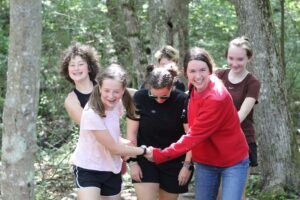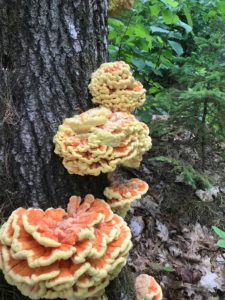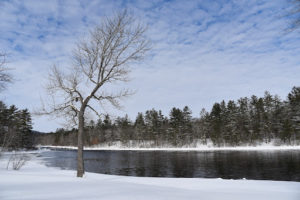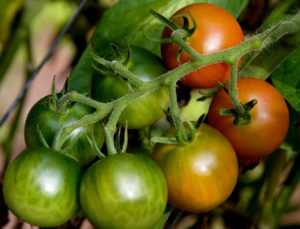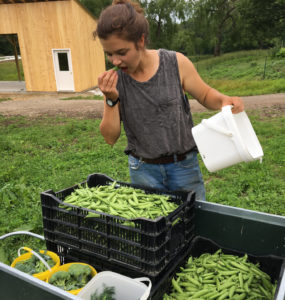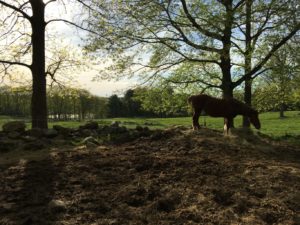The hardest thing about cheese making is the waiting. So Saturday I finally cut into a cheese that had been aging in our root cellar since early January. This is blue cheese based on Fourme d’Ambert, one of the oldest French cheeses.
Fourme d’Ambert, one of the oldest French cheeses.
During production, the Chewonki farm milk is inoculated with Penicillium roqueforti, the bluish mold found in most blue cheeses. This mold requires air to grow, so the cheese is pierced with a skewer in several places after brining. The mold plays a couple of roles in the maturation process. First, it breaks down proteins (proteolysis) which gives blue cheeses their characteristic creamy texture, and it breaks down fats (lipolysis) which accounts for the sharp, spicy flavor.
The most striking aspect of this cheese, besides its flavor, which is slightly mild for a veined cheese, is the rind. It reminds me of granite, or maybe the surface of the moon.
